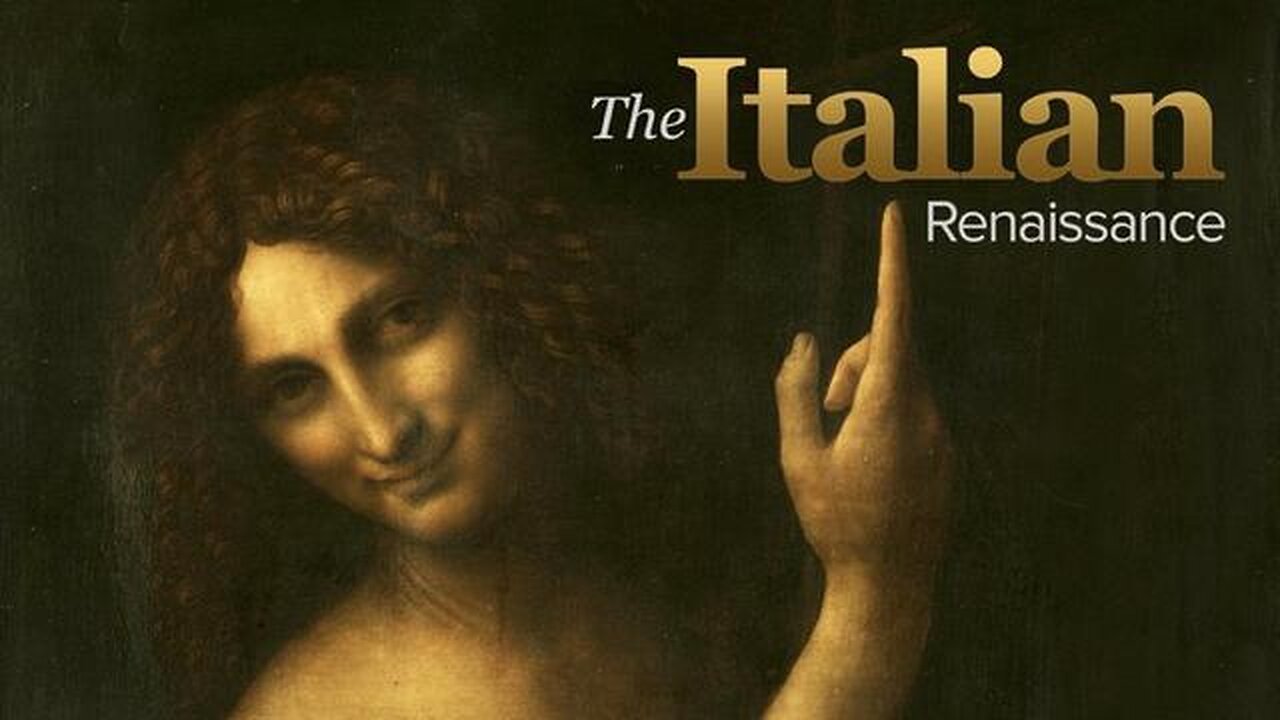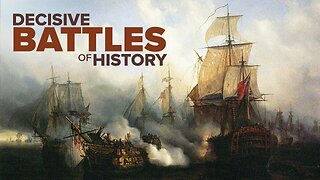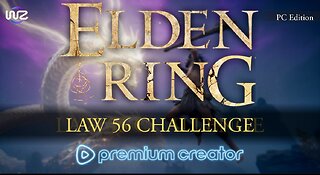Premium Only Content

The Italian Renaissance | Renaissance Education (Lecture 10)
Lecture 10: Education in the Middle Ages was largely under the control of the Church. As Humanism matured, it was gradually institutionalized into a system of secular education that spread across the entire Italian peninsula. Teaching correct Golden Age Latin (and, later, Greek) became central to the Humanist program. Fluency in these ancient languages meant that students would be able to read ancient texts with facility, understand their references, and free themselves of dependence on corrupt medieval editions of the classics that were marred with error and interpolation.
The pursuit of clear and correct editions of ancient texts was aided by the survival of ancient grammars. On the other hand, Italian Humanists often wrote their own grammar and style manuals. Philology and textural editing were invented to recover the pristine texts intended by the ancient authors. And the reading of classical works became a sure way to train students in developing skills of stylistic analysis. A Humanist education for boys was increasingly important, because it became a caste mark of social status or a vehicle for paid service in a republic’s chancery (the civil service) or as a prince’s counselor. Education, then, became a social escalator, permitting bright and ambitious boys to rise above their births while still remaining in the world, able to marry and have families.
Primary Source Texts:
Kenneth R. Bartlett, “Learning and Education,” pp. 269–296, in The Civilization of the Italian Renaissance.
Secondary Sources:
Paul F. Grendler, Schooling in Renaissance Italy: Literacy and Learning, 1300–1600.
Supplementary Reading:
Robert Black, Humanism and Education in Medieval and Renaissance Italy: Tradition and Innovation in Latin Schools from the Twelfth to the Fifteenth Century.
Lecture 11: https://rumble.com/v4xl94q-the-italian-renaissance-the-medici-hegemony-lecture-11.html
-
 30:04
30:04
The Great Courses
2 months agoDecisive Battles of World History | 1866 Königgrätz - Bismarck Molds Germany (Lecture 30)
147 -

TheItalianCEO
3 hours agoWhat about an Italian for breakfast?
8.54K1 -
 9:06
9:06
nospeedlimitgermany
1 day ago $1.16 earnedMercedes-Benz 500 SE W126 | 231 PS | Top Speed Drive German Autobahn No Speed Limit POV
13.8K2 -
 LIVE
LIVE
IamNibz
5 hours ago $0.53 earnedLaw 56- Elden Ring Challenge (PC)
82 watching -
 39:33
39:33
Chris Harden
8 days ago $1.84 earnedKansas Backroads | What's Really Out Here? - Rush County
9.04K13 -
 23:49
23:49
marcushouse
1 day ago $1.08 earnedStarship Flight 10 Secrets Revealed & Future of Starbase! 🔥
9.5K6 -
 3:00
3:00
scoutthedoggie
1 day agoNovritsch SSG-96 Mk2 Airsoft Sniper Rifle
9.79K -
 2:07:31
2:07:31
The Connect: With Johnny Mitchell
1 day ago $25.00 earnedSecrets Of The Cocaine Cowboys: Miami Drug Lord Reveals Truth About His BILLION-DOLLAR Coke Empire
154K15 -
 21:20
21:20
AndresRestart
19 hours ago $0.64 earnedNintendo's GENIUS Mario & Zelda 40th Anniversary Plan!?
20.6K4 -
 10:35
10:35
Blackstone Griddles
20 hours agoPerfect Ribeye Every Time | Blackstone Griddles
6.05K2